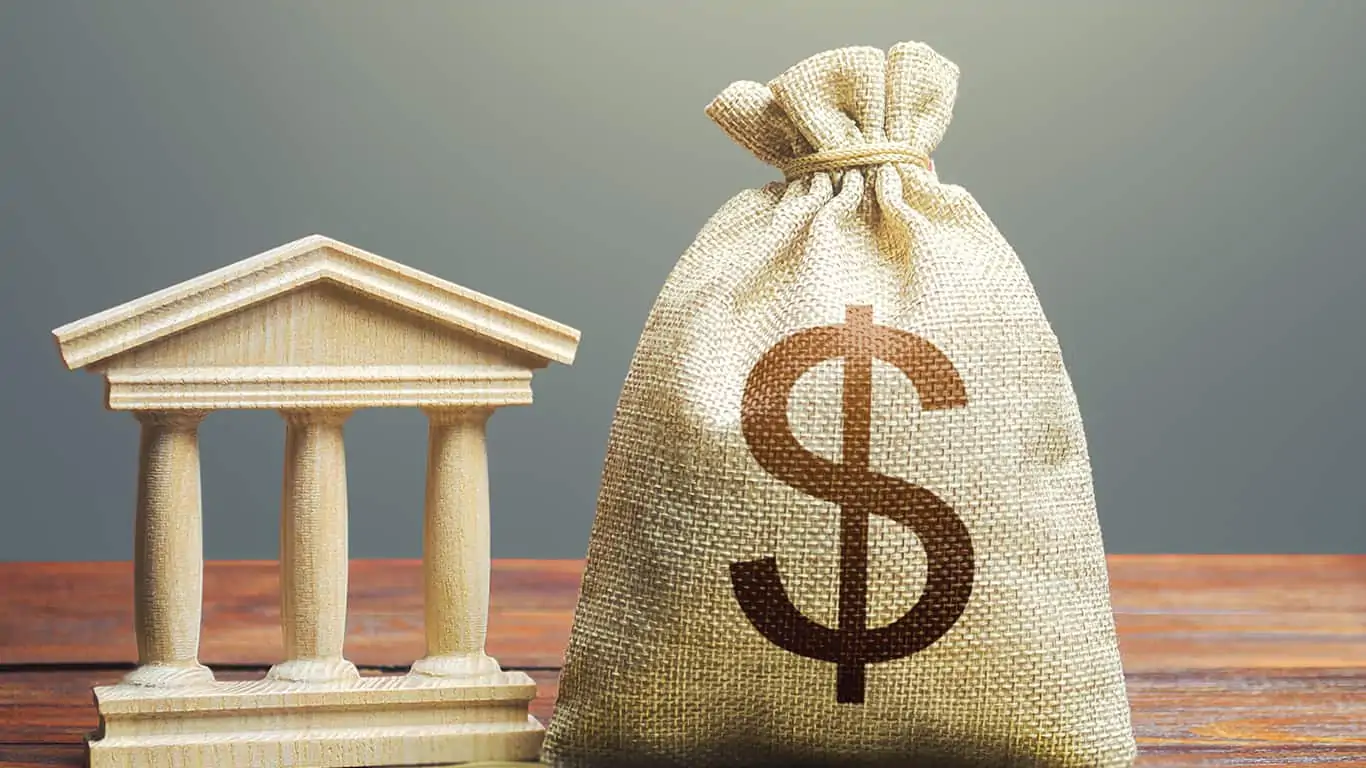Identity theft
Keep up with the latest trends so you can prevent identity theft and credit fraud.
Identity theft is an ever-evolving industry. Companies put security measures in place and hackers find creative ways around them. From phishing scams to ATM skimmers, there doesn’t seem to be any limit to the risks to your personal data. It’s often up to you to take the appropriate steps to protect your identity and prevent credit fraud.
The articles in this section can help you do just that. Debt.com follows the latest hacks and ID theft scams so you can stay up-to-date and aware of the latest risks.
Below the articles, you can find Debt.com’s Top 10 identity theft prevention tips. And if you’ve become the victim, visit our Identity Theft Protection Page for more information. We can help you recover quickly and minimize the time, hassle and expense of securing your information.
Browse by Tags
-
The Impact of Identity Theft and How to Protect Yourself
f you’ve ever been a victim of ID theft, then you know how important it is to protect yourself and your credit.
-
Identity Theft Crimes are on the Rise with Nearly 50% Reporting Being Victims in 2023
December is Identity Theft Awareness Month, and for the past three years, Debt.com has polled Americans about the most common crime in the country. For the first time, almost half…
-
Identity Theft Crimes Rise Nearly 10% in the Last Two Years
To promote National Identity Theft Prevention and Awareness Month, Debt.com asked Americans if they’ve ever fallen victim to the crime.
-
Smartphone Security: Protecting Your Digital Life on the Go
In today’s fast-paced digital world, smartphones have become an essential part of our lives. They serve as personal assistants, entertainment hubs, and gateways to the vast realm of the internet.…
-
Romance Scams: Love, Money, and Identity Theft
Watch out for dating site “cyber actors” eager to put the moves on your bank account.
-
Protect Aging Parents from Financial Exploitation
Discover the different types of elder abuse, warning signs to watch out for, and steps you can take to safeguard their finances
-
Charity Fraud: Protecting Yourself and Your Donations
Here’s how to avoid sending your well-intentioned donation to a scammer.
-
Unemployment Insurance Fraud
Here’s how to stop fraudsters from stealing your identity to file false unemployment claims.
-
Don’t Get Caught Up in These Government Grant Scams
That out-of-the blue offer of free government money is just a scam, says the FTC.
-
Disaster Fraud: Protecting Yourself from Scammers in the Aftermath
Take these steps to ensure that your disaster relief donation is put to good use.
-
Protect Your Child from Identity Theft
Here’s how to stop identity thieves from burdening your child with a poor credit history.
-
Political Scams and Scam PACs
Watch for these red flags of political scammers after your money or sensitive information.
-
Travel Scams
Not surprisingly, demand for flights, rental cars and hotels has caused prices to spike. Trying to stay within your vacation budget will have you hunting down cheap travel. And while…
-
Take These 5 Steps if Your Email is Hacked
Don’t let hackers use your email account to run scams or install malware to contacts’ devices.
-
Don’t Get Ripped Off by These Package Delivery Scams
Watch for these red flags of scammers after your money and personal information.
















